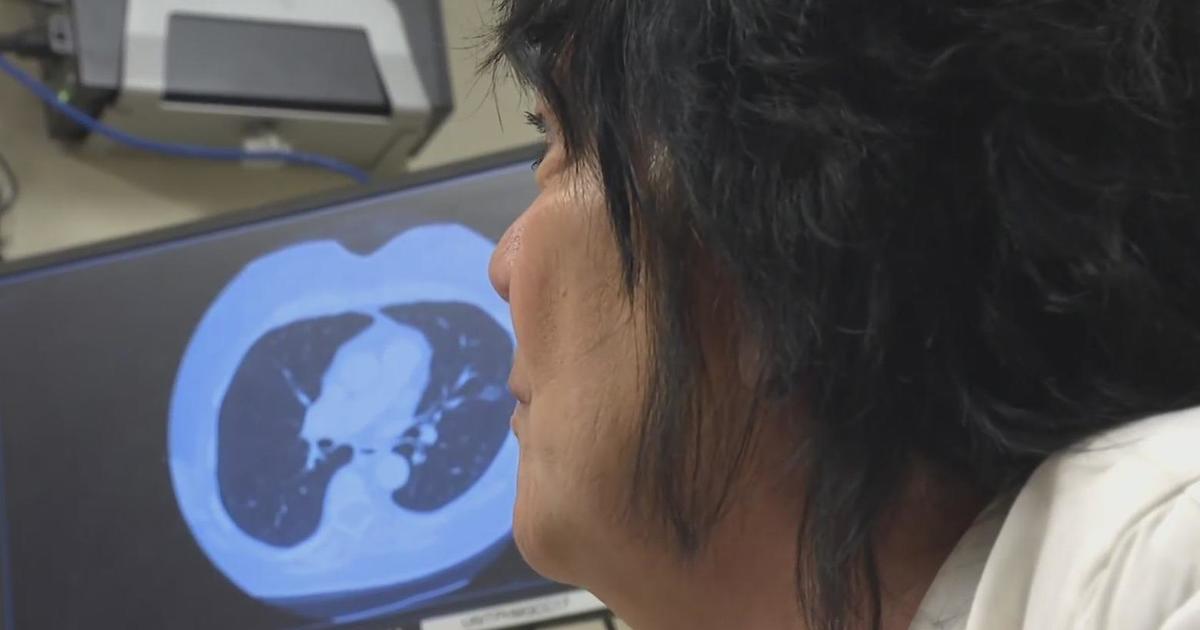Awake Surgeries Offer Quicker, Cheaper Option For Patients
PITTSBURGH (KDKA) – Do you need surgery for something simple, but have been putting it off because you don't want to be put under?
Now, there's a potential solution in the form of a cheaper, quicker option to get you in and out of the operating room in no time.
Retired railroad equipment repairman and avid gardener Guy Mazzella was having trouble with every day activities.
"Tough unbuttoning your shirt, your pants, tying your shoes," he said. "It was hard to lift a cup of coffee. Or to open a pill bottle. Or to open a half a gallon of milk. Couldn't do it."
He developed a trigger finger, a problem where connective tissue in the hand presses on the nerve, leading to a finger stuck in awkward positions.
"I could not make a fist, unless I keep my middle finger up in the air," he said. "Plus, it hurt."
He needed an operation to relieve it. But, he has a history of heart disease and stents, and he's on blood thinners.
His doctor worried traditional sedation would have a slightly higher risk, and offered an awake surgery - that is, the patient would get local anesthesia, but wouldn't be put under.
"I would rather be awake," he said. "I watched the whole procedure."
"People are often pretty surprised when they come in and I tell them this is an option for them," hand surgeon Dr. Robert Brabender, of Allegheny Health Network, said.
Dr. Brabender does about two cases a week this way. He says it's a growing trend, especially for simpler cases, such as trigger fingers, carpal tunnel, and wrist tendonitis procedures.
It has several advantages for the patients: no pre-op testing, no need for a friend or family to drive the patient. It's pretty much life as usual.
"They don't have to fast, they can take all their normal medications, essentially, have the local, have the procedure, and basically they're out the door and ready to go," Dr. Brabender said.
Join The Conversation On The KDKA Facebook Page
Stay Up To Date, Follow KDKA On Twitter
In the operating room, the team includes the surgeon, the surgical tech, a nurse to monitor vitals, and a nurse to move about the room for assistance. But, there is no anesthesiologist.
Awake procedures were inspired by dental anesthesia. In studies, patients found it to be much like dental procedures, and 9 out of 10 patients would recommended the approach to others and repeat it for future surgeries.
"This isn't widespread across all orthopedic procedures. We're not fixing broken wrists, or things like that under this. But, pretty much any procedure we do in a finger can be safely done with local only," Dr. Brabender said.
It's a little different when the patient is awake and interacting with the surgeon, but Dr. Brabender said patients like when they can hear him explaining things as he does them.
"Plus, he even asked me, he said, 'I want you to grab ahold of my finger and squeeze as hard as you can.' I did it three times, and he said, 'Well, it's a success,'" Mazzella said.
"Certainly, some patients have a lot more to say than others. But, I've never found it to be distracting," Dr. Brabender said
Of course, the team has to be ultraprofessional.
"It's not appropriate to be talking about future cases, or their weekend, or any of the other number of things that sometimes happen in the operating room," Dr. Brabender said
In the long run, it might eventually turn out to be the most efficient and cost-effective approach.
"There is a savings to insurance companies in that you eliminate the anesthesia bill, which even for sedation in a case that lasts a couple minutes adds up," Dr. Brabender said
Aside from the injection of local anesthesia, which he says felt like five bee stings all at once, Mazzella liked the experience.
"I'm sort of nebby. So, I like to see what's going on. And I watched it. It was interesting," he said.



